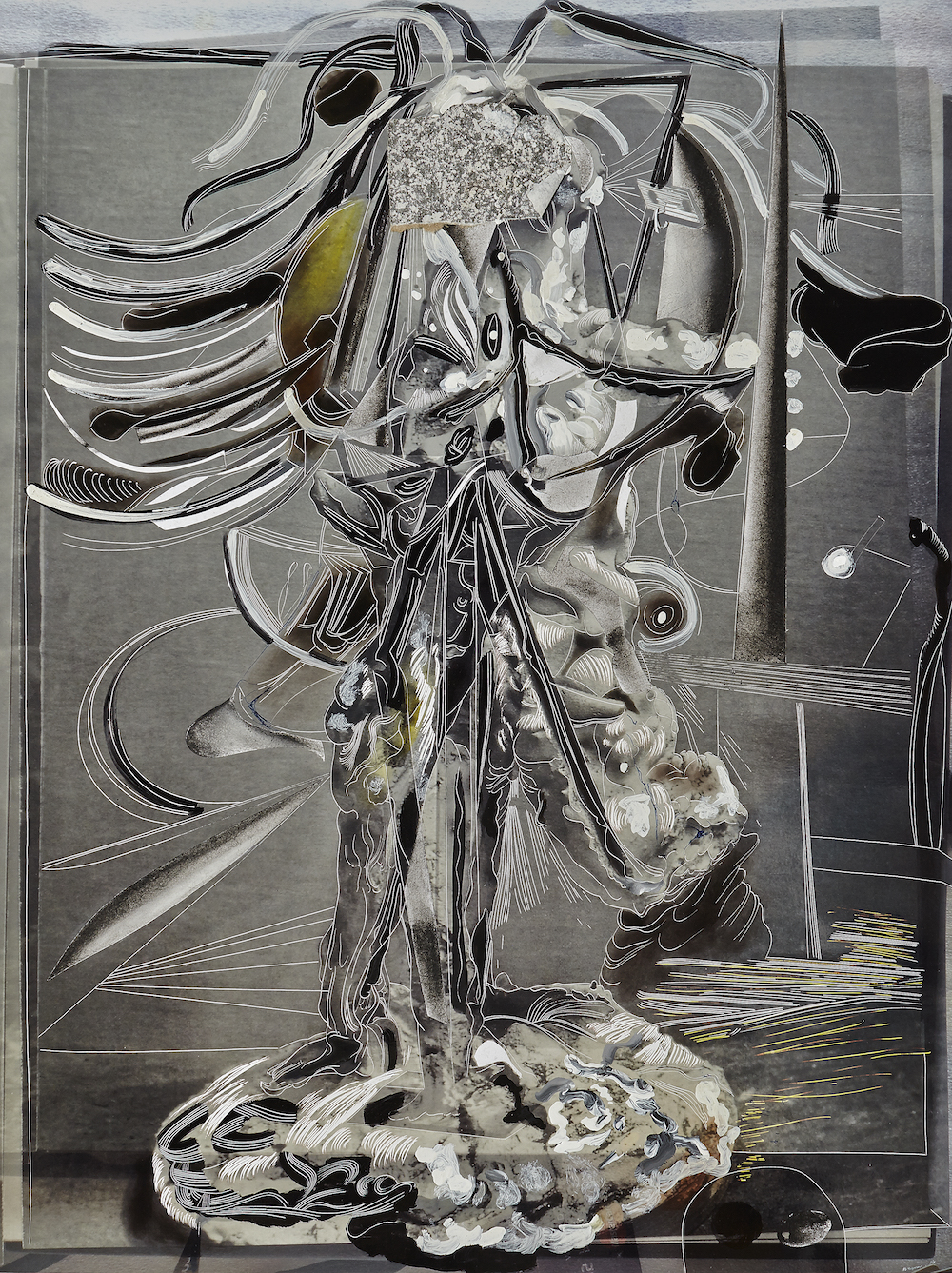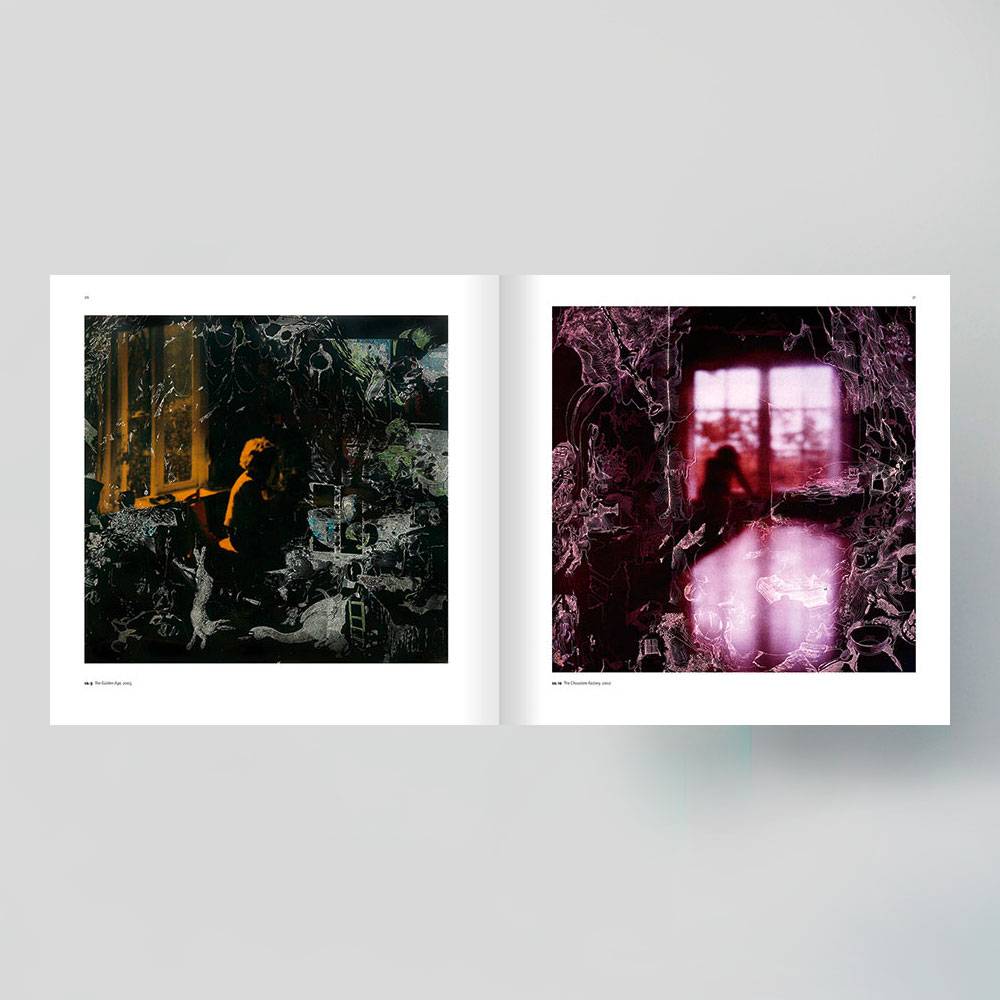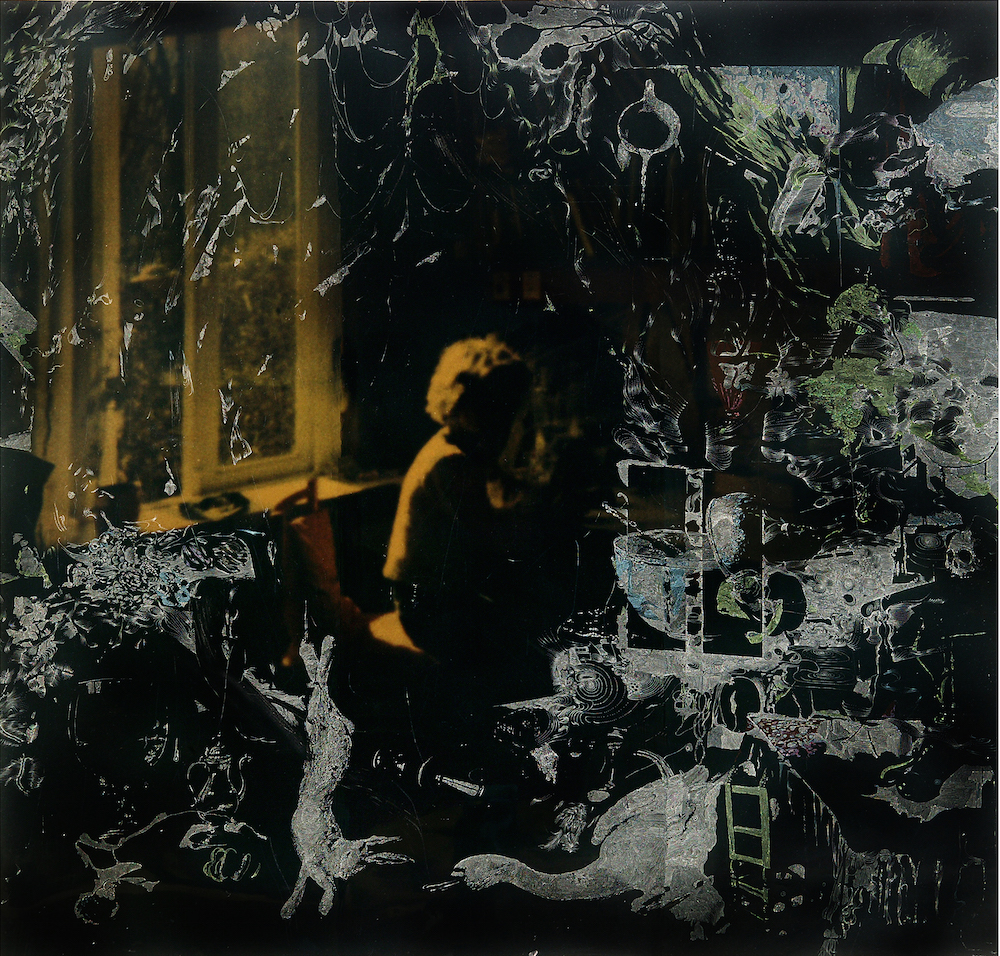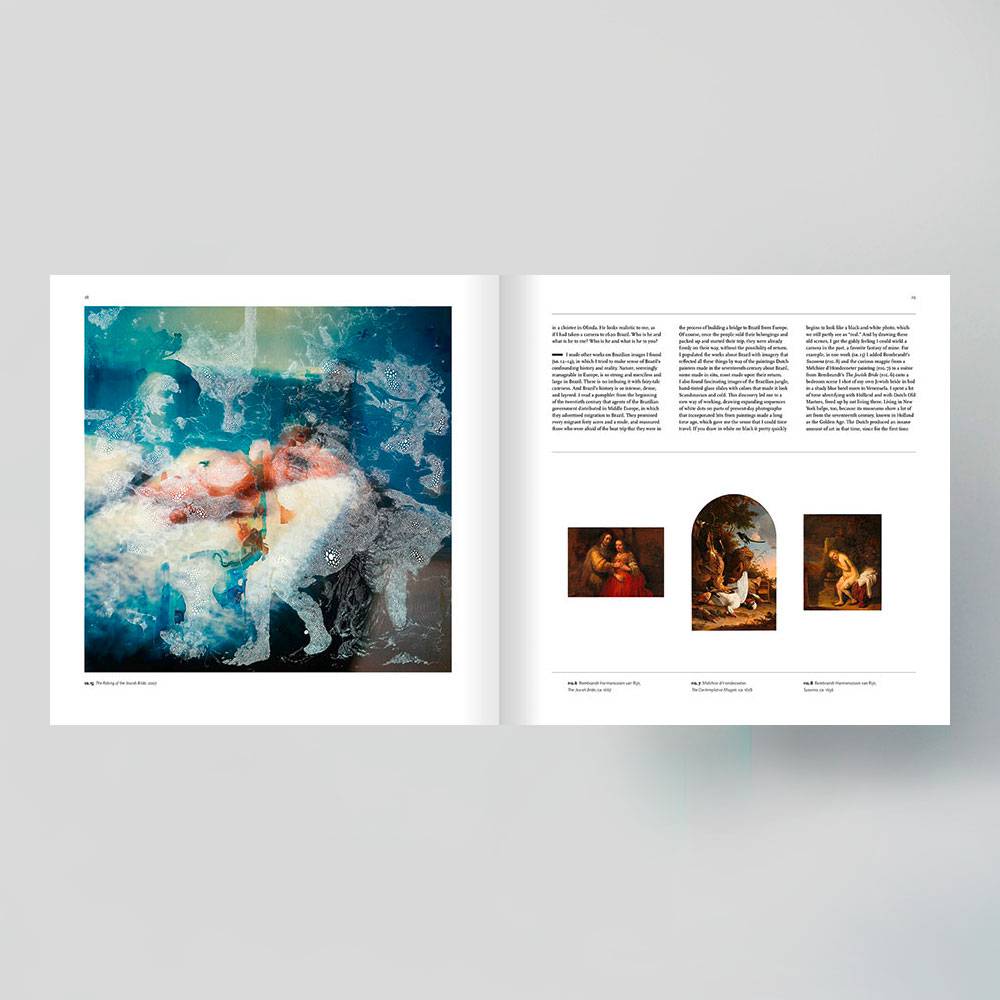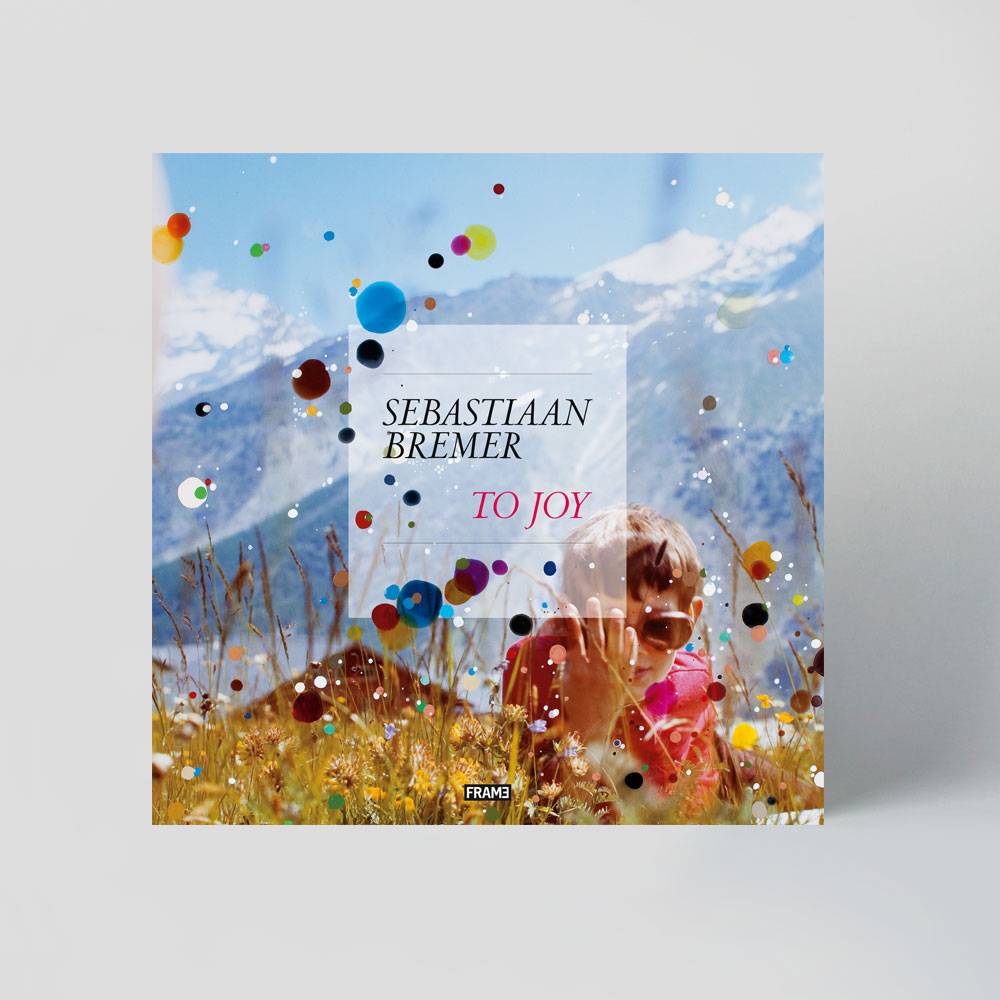When and how did you begin life as an artist?
I started when I was 11 and I drew obsessively, which led me to a job as mascot/employee in residence in an Amsterdam comic book store at 13. There I made the signs and drew on the plastic bags, creating a custom one for each costumer. After high school I started to paint and take photographs, and after a stint at the Vrije Academy in The Hague I moved to New York at 21, and there, among other jobs, I assisted artists in New York. From there I found my way to Skowhegan, an art residency, where I really found my way of working.
How have you felt your practice evolve since then? Visually there seems to have been a shift in the last twelve months…
I have made stylistic jumps back and forth for years, but in the last few years I have developed an interest in the interplay between sculpture and photography and sculptors and photographers–rendering three dimensions in two, which led me to some installations where I used the images of sculptures to installations and bas- reliefs–which again informed my practice in general, of course.
Do you collect images with the knowledge of exactly what will happen to them, or do you tend to find uses for pre-collected photographs over time?
The latter. Sometimes I think I do know exactly what will happen, but truthfully it works out that I stumble backwards into discoveries. There is sometimes an inkling of what something might become, but it is always transformed by time and effort. I rarely have a work that I start and finish completely in less than 4 years.
Many of the additions you make to these images are on the surface. Would you say that in many ways you take yourself beneath the surface of the image as well?
Right on. Exactly.
Can you tell us a little about the image choices and ideas behind To Joy?
The book became what it is due to the close collaboration with Christiaan Kuypers, the designer and guru of the book. He and I spent close to 4 years on this, trying to see what we really wanted it to be and do. He forced me to write about the work, and have the writing in the end guide the image choices. The working title was also A Graphic Novel, alluding to the relationship between my text and the images, as well as hinting to my start in art. The book also containes two wonderful essays by curators/critics: Gregory Volk, who writes from the angle of the scene in Brooklyn where I first started showing in the beginning of this millenium, and Charlotte Cotton, who comes at the work from the photography side. The book is intended to do what happens at a good studio visit–you see the works in context and can almost touch the surface of the work and see all the texture, and on the other side hear the back story of the work, written down in a way close to the way I talk about it.
